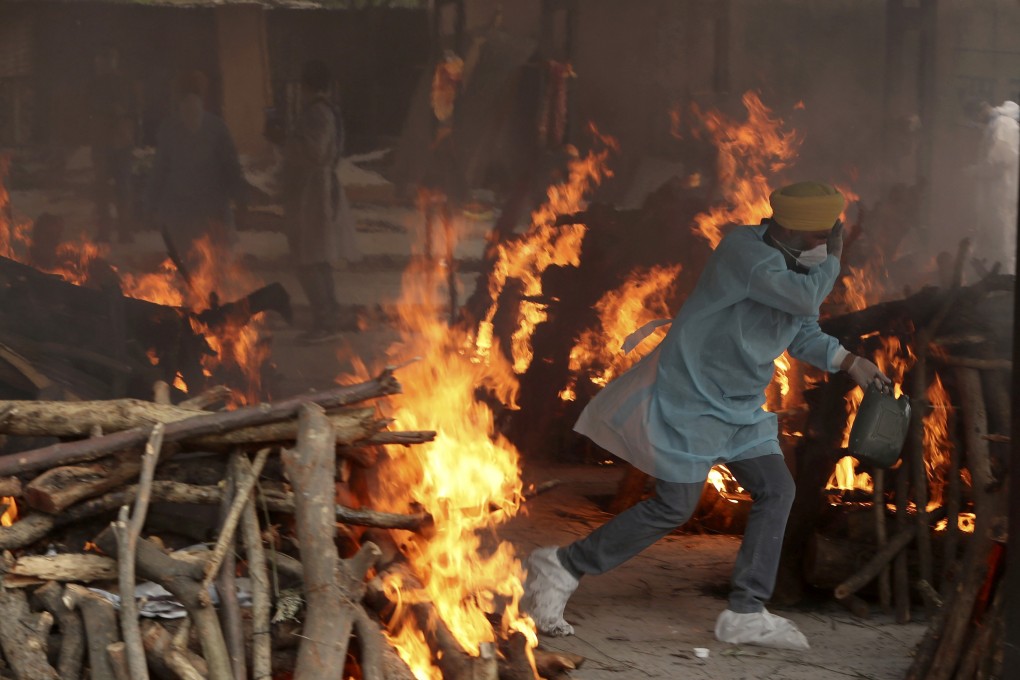Advertisement
Explainer | What we know about the B.1.617 coronavirus variant sweeping across South Asia
- The coronavirus variant first detected in India appears to spread more easily and may be overpowering prior immunity from natural infections
- But there in one bright spot: lab studies suggest Covaxin, a vaccine developed in the country, appears capable of neutralising the variant
Reading Time:2 minutes
Why you can trust SCMP
2

India has recorded the world’s sharpest spike in coronavirus infections this month, with political and financial capitals New Delhi and Mumbai running out of hospital beds, oxygen and medicines.
Scientists are studying what led to the unexpected surge, and particularly whether a variant of the novel coronavirus first detected in India is to blame. The variant, named B.1.617, has been reported in at least 44 countries, raising global concern. Here are the basics:
WHAT IS THE B.1.617 VARIANT?
The B.1.617 variant contains two key mutations to the outer “spike” portion of the virus that attaches to human cells, said senior Indian virologist Shahid Jameel.

01:57
Indian volunteers give respectful final farewell to abandoned bodies of Covid-19 victims
Indian volunteers give respectful final farewell to abandoned bodies of Covid-19 victims
The World Health Organization said the predominant lineage of B.1.617 was first identified in India last December, although an earlier version was spotted in October 2020.
Advertisement